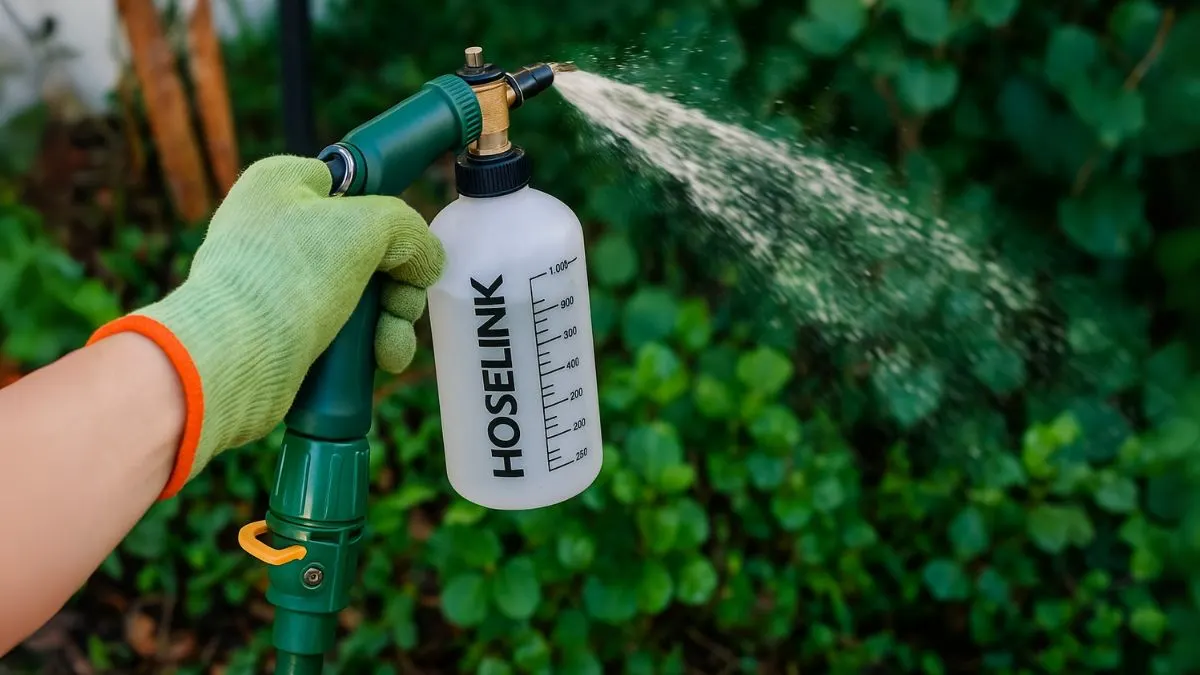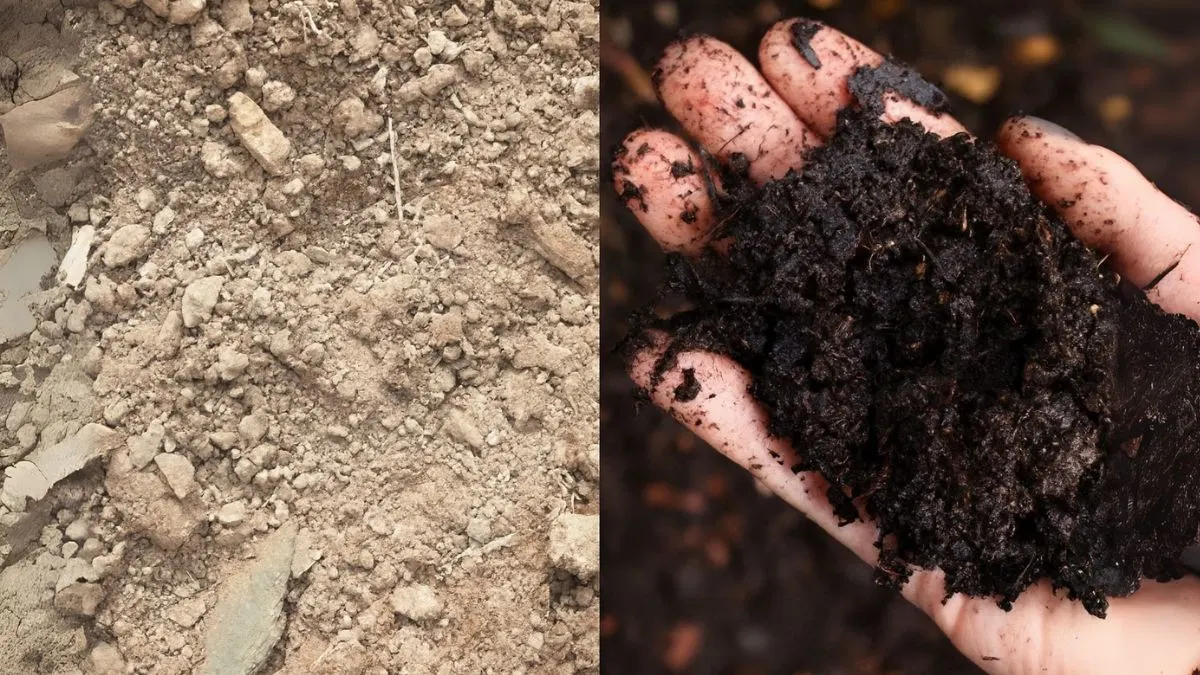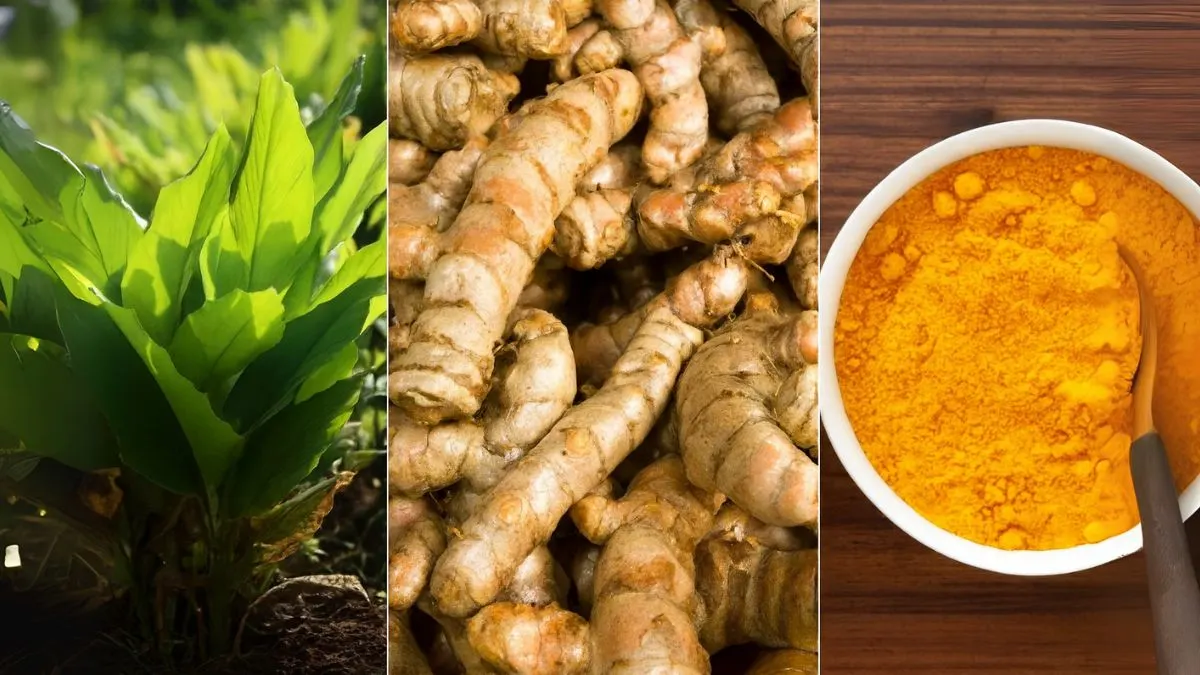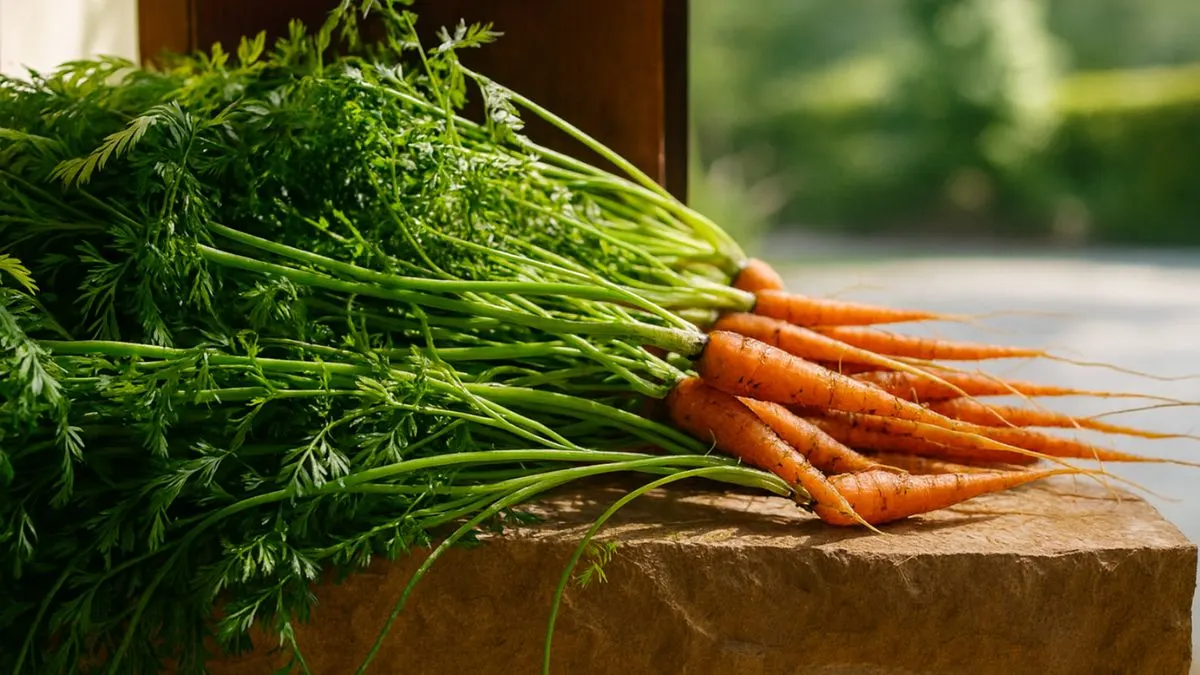Healthy plants don’t just happen—they thrive when nourished with the right food. For gardeners in the USA, Canada, and across the world, relying on chemical fertilizers is becoming less appealing. Not only are they expensive, but they also strip the soil of long-term fertility. The solution? Homemade organic fertilizer.
I started making my own fertilizers out of necessity. My vegetable garden wasn’t responding to store-bought mixes, but once I introduced simple, organic kitchen waste into the soil, the results were incredible. Tomatoes grew sweeter, roses had bigger blooms, and my houseplants looked more alive than ever.
Let’s explore the best homemade organic fertilizers that you can easily create at home using materials you already have.
1. Compost – The Gold Standard
The first and most important fertilizer is compost. Rich in nutrients and teeming with beneficial microbes, compost is a long-lasting soil conditioner.
To make compost, gather kitchen scraps, dry leaves, and yard waste. Once broken down, it becomes a nutrient-rich amendment that improves soil structure, moisture retention, and plant health. Many gardeners call compost “black gold” for a reason—it works for everything, from vegetables to flowering plants.
2. Worm Castings – The Secret Superfood
If you want to give your plants a probiotic boost, worm castings are unbeatable. Essentially worm poop, these castings are rich in essential minerals like nitrogen, phosphorus, and potassium.
Sprinkle them around the base of houseplants, vegetable crops, or even roses. I once revived a wilting basil plant simply by adding a handful of worm castings to the pot—it bounced back within a week.

3. Grass Clippings – Lawn Waste Turned Fertilizer
If you mow your lawn, don’t toss the clippings. Grass clippings are high in nitrogen and break down quickly when spread on garden beds.
You can also add them to compost piles to balance “browns.” Just be sure to use clippings from lawns that haven’t been treated with pesticides or herbicides.
4. Manure – A Traditional Powerhouse
Animal manure has been used for centuries as a natural fertilizer. Cow, horse, goat, or chicken manure provides balanced nutrients. However, it should always be aged or composted before use to avoid burning plants.
Also Read: Why Dandelion Roots Are the Plant’s Most Powerful Part
I learned this the hard way—fresh chicken manure nearly killed my cucumbers one summer. Aged manure, on the other hand, turned them into some of the juiciest cucumbers I’ve ever grown.
5. Banana Peels – A Potassium Boost
Banana peels are rich in potassium and calcium, perfect for flowering and fruiting plants like roses and tomatoes. You can chop them and bury directly into the soil or blend them into a liquid fertilizer.
The results? My rose bushes produced double the blooms once I started burying banana peels near the roots.
6. Coffee Grounds – Acid-Loving Plant Treat
Coffee grounds are a great nitrogen source and especially loved by acid-loving plants like blueberries, azaleas, and hydrangeas.
Sprinkle them lightly around plants or add them to compost. Be careful not to overdo it—too much coffee can make soil overly acidic.
7. Vegetable Scraps & Tea Bags – Kitchen Waste Gold
Instead of throwing out food scraps, reuse them. Vegetable scraps add a variety of nutrients, while tea bags enrich soil with nitrogen.
I often mix tea bag compost with potting soil for my indoor plants—it keeps them green and healthy year-round.
8. Eggshells – Calcium for Strong Plants
Crushed eggshells are an excellent calcium source, preventing blossom-end rot in tomatoes, peppers, and eggplants.
Dry and crush them before sprinkling around plants. For a quicker release, powder them and mix directly into the soil.
9. Rice Water – A Gentle Tonic
Rice water—the starchy water left after rinsing rice—is a mild but effective fertilizer. It promotes beneficial microbes in the soil and strengthens root development.
Also Read: How Grass Clippings Can Feed, Protect, and Transform Your Garden
Simply collect rice water after cooking or rinsing and pour it into plant pots once a week. My indoor pothos responded dramatically—its leaves grew glossier within a month.
10. Compost Tea – A Powerful Liquid Fertilizer
For an extra-strong tonic, make liquid fertilizer. Add banana peels, coffee grounds, vegetable scraps, tea bags, and any other organic waste to a large, glass jar using a 1:10 ratio of compost to water. Let it steep for a few days, then pour the liquid at the base of plants.
This powerful liquid fertilizer for your plants delivers quick nutrients, especially during flowering and fruiting stages.
Quick Comparison Table
| Fertilizer Type | Main Nutrient | Best For |
| Compost | Balanced nutrients | All plants |
| Worm Castings | Minerals & microbes | Vegetables, herbs, flowers |
| Grass Clippings | Nitrogen | Lawns, leafy greens |
| Manure | Nitrogen, phosphorus | Fruit crops, vegetables |
| Banana Peels | Potassium, calcium | Roses, tomatoes |
| Coffee Grounds | Nitrogen | Acid-loving plants |
| Eggshells | Calcium | Tomatoes, peppers, eggplants |
| Rice Water | Microbes, starch | Houseplants |
| Compost Tea | Quick-release nutrients | All plants |
Making your own homemade organic fertilizer isn’t just cost-effective—it’s deeply rewarding. From compost, worm castings, grass clippings, and manure to simple kitchen solutions like banana peels, coffee grounds, vegetable scraps, tea bags, rice water, and eggshells, your garden can thrive naturally.
Also Read: 5 Fragrant Herbs That Drive Pests Crazy (and Beautify Your Home)
Whether you’re in Canada, the USA, or anywhere in the world, these fertilizers are accessible, sustainable, and effective. Start small, experiment, and watch your plants flourish with this natural boost.



